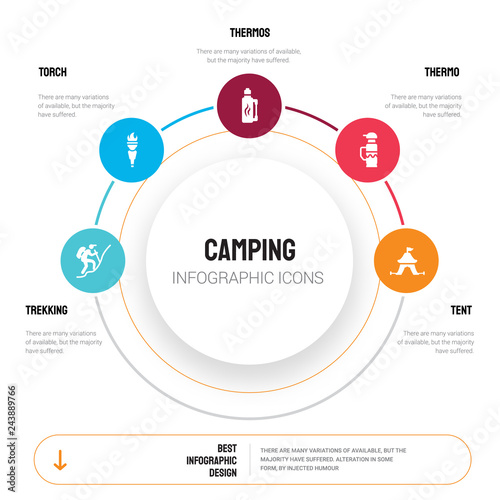Wintertime outdoor camping is an enjoyable and adventurous experience, but it needs appropriate equipment to ensure you remain cozy. You'll need a close-fitting base layer to catch your temperature, in addition to an insulating jacket and a water-proof covering.
You'll additionally require snow risks (or deadman supports) hidden in the snow. These can be connected making use of Bob's smart knot or a routine taut-line drawback.
Pitch Your Tent
Winter months camping can be a fun and daring experience. However, it is essential to have the proper gear and recognize just how to pitch your outdoor tents in snow. This will certainly stop chilly injuries like frostbite and hypothermia. It is likewise essential to eat well and remain hydrated.
When setting up camp, ensure to pick a site that is sheltered from the wind and devoid of avalanche threat. It is likewise an excellent concept to load down the location around your tent, as this will help reduce sinking from body heat.
Before you set up your tent, dig pits with the same size as each of the anchor factors (groundsheet rings and individual lines) in the center of the tent. Fill up these pits with sand, stones or even things sacks filled with snow to compact and protect the ground. You might additionally wish to think about a dead-man anchor, which entails tying camping tent lines to sticks of timber that are buried in the snow.
Pack Down the Location Around Your Tent
Although not a requirement in a lot of locations, snow risks (additionally called deadman anchors) are an exceptional enhancement to your camping tent pitching package when outdoor camping in deep or pressed snow. They are primarily sticks that are designed to be buried in the snow, where they will ice up and develop a strong anchor point. For best outcomes, use a clover hitch knot on the top of the stick and bury it in a couple of inches of snow or sand.
Establish Your Camping tent
If you're camping in snow, it is a good idea to utilize a camping tent created for winter months backpacking. 3-season outdoors tents work fine if you are making camp below timberline and not expecting especially harsh weather, however 4-season camping tents have tougher poles and fabrics and use even more security from wind and heavy snowfall.
Be sure to bring adequate insulation for your resting bag and a warm, completely dry inflatable mat to sleep on. Blow up floor coverings are much warmer than foam and aid stop cold places in your tent. You can additionally include an added mat for resting or food preparation.
It's also a good concept to establish your camping tent near to a natural wind block, such as a group of trees. This will make your camp more comfy. If you can't find a windbreak, you can create your very own by digging holes and hiding items, such as rocks, tent risks, or "dead man" supports (old tent individual lines) with a shovel.
Restrain Your Camping tent
Snow stakes aren't necessary if you use the appropriate strategies to anchor your tent. Buried sticks (maybe gathered on your technique walking) and ski posts work well, as does some variation of a "deadman" hidden in the snow. (The idea is to create an anchor that is so solid you won't be able to draw it up, even with a lot of effort.) Some producers make specialized dead-man supports, however I prefer the simpleness of a taut-line hitch linked to a stick and after that buried in the snow.
Recognize the surface around your camp, especially if there is avalanche threat. A branch that falls on cotton canvas your outdoor tents might damage it or, at worst, wound you. Likewise be wary of pitching your camping tent on an incline, which can trap wind and bring about collapse. A sheltered area with a low ridge or hillside is much better than a high gully.
